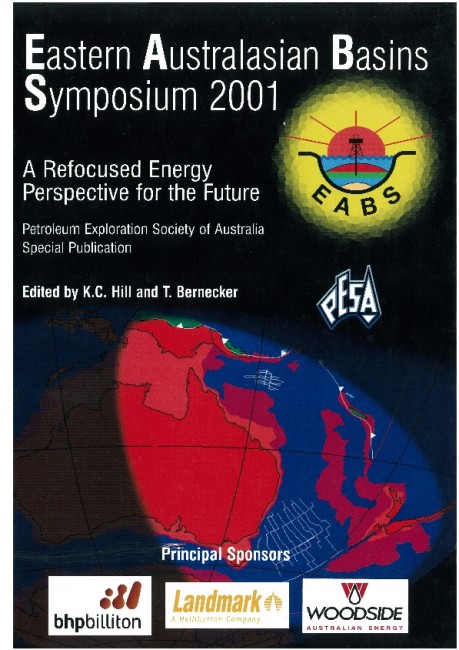Publication Name: Eastern Australian Basins Symposium 2001
Authors: G.R. Holdgate and R. Shaw
Date Published: November 2001
Number of Pages: 31
Reference Type: Magazine Article
Abstract:
Cook Strait lies between the North and South Islands of New Zealand. Understanding the basin geology beneath Cook Strait has been hampered by a lack of modern seismic, as all existing petroleum seismic was shot before 1974. In 1998 NIWA obtained over 260 km of 12-fold seismic that provides new data on Cook Strait's westerly Wairau Basin. The western boundary of the Wairau Basin is defined by the South Island Wairau Fault that trends offshore in a sinuous east-northeast direction towards the North Island Oteranga-Pukerua Fault. These faults define a significant tensional zone and a thick Tertiary basin, downfaulted greater than four seconds (twt). In the Wairau Basin centre the North Island Wellington and Makara Faults develop pronounced diapiric flow and gaschimneys. On the southeastern margin to the Wairau Basin tensional faulting occurs along offshore extensions to the South Island Awatere Fault system, producing north plunging structures, some with discrete closure.
Basin filling commenced in the Late Cretaceous, including likely source rocks such as the organic-rich shales of the Whangai and Waipawa Formations. Eocene to Early Miocene Amuri Limestone facies form a prominent reflector series. Miocene successions presumably host some reservoirs. Principal seal units would comprise Late Miocene to Late Pliocene flysch units.


